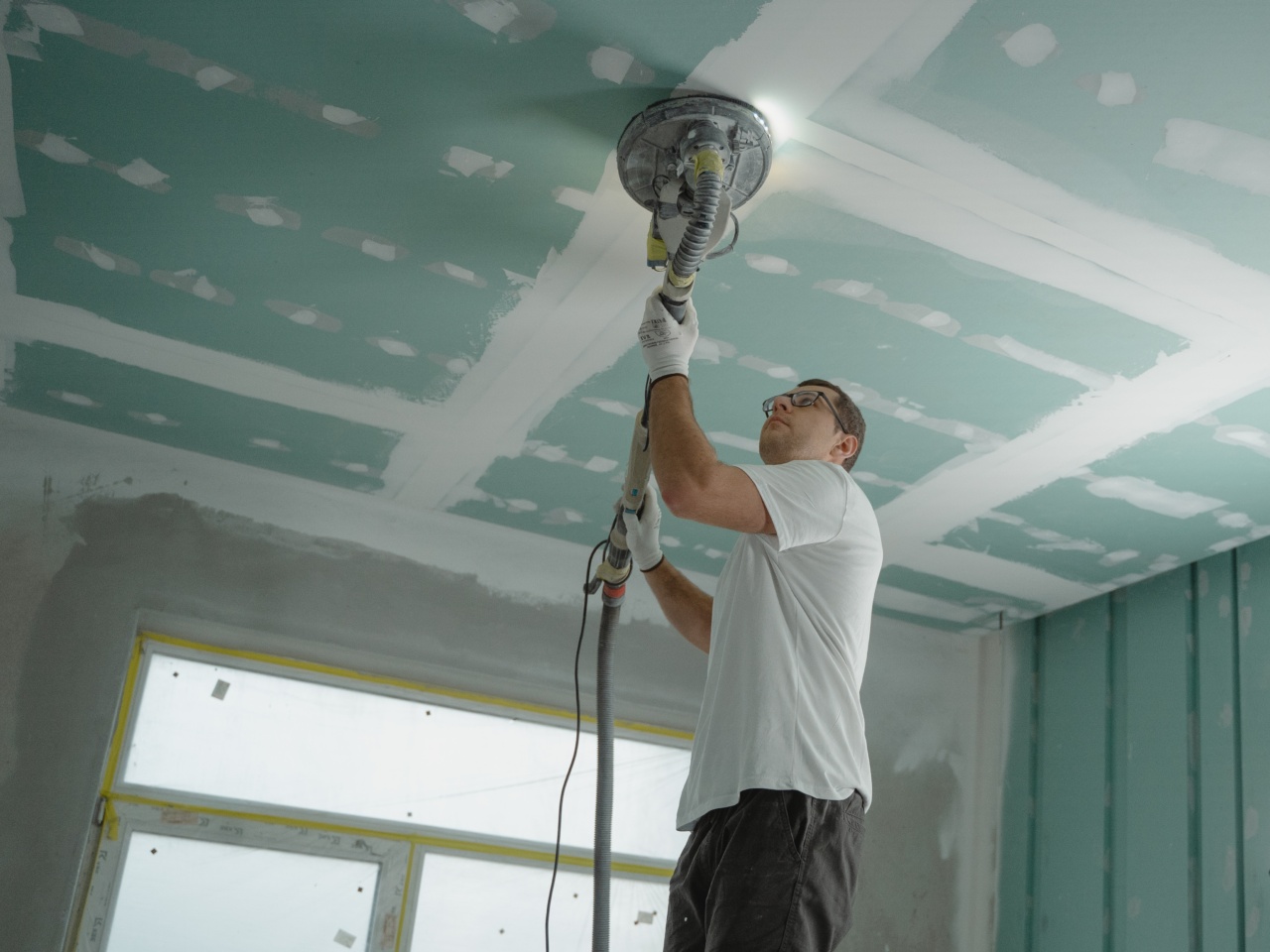Improving the air quality inside your home is essential for your health and wellness. Poor indoor air quality can cause respiratory problems, allergies, and other health issues.
The good news is that there are many ways to improve the air quality inside your home.
1. Keep Your Home Clean
Dust, dirt, and other particles can accumulate in your home and reduce air quality. The first step in improving indoor air quality is to keep your home clean. Vacuum regularly, dust surfaces, and mop floors to remove dirt and particles.
Clean bedding, curtains, and upholstery regularly to reduce allergens.
2. Invest in an Air Purifier
An air purifier can help to remove pollutants and allergens from the air, improving indoor air quality.
There are many types of air purifiers available, including HEPA filters, activated carbon filters, and ultraviolet germicidal irradiation (UVGI) systems. Be sure to choose a purifier that is suitable for your home size and needs.
3. Control Humidity Levels
Excess moisture in the air can lead to mold growth, which can cause respiratory problems and allergies. To control humidity levels in your home, invest in a dehumidifier.
A dehumidifier works by removing excess moisture from the air, reducing the risk of mold growth.
4. Keep Your Home Smoke-Free
Smoking indoors can lead to poor indoor air quality. Cigarette smoke contains many harmful chemicals that can cause respiratory problems and other health issues. If you smoke, it’s important to do so outside to keep your home smoke-free.
5. Use Natural Cleaning Products
Many cleaning products contain harsh chemicals that can be harmful to your health and the environment. To improve indoor air quality, consider using natural cleaning products.
You can make your own cleaning products using ingredients like vinegar, baking soda, and lemon juice.
6. Change Air Filters Regularly
Changing air filters regularly can help to improve indoor air quality. A dirty air filter can reduce airflow and cause pollutants to accumulate in your home.
Be sure to change your air filter every three months or more frequently if you have pets or live in a dusty environment.
7. Keep Your Windows Open
Opening your windows can help to improve indoor air quality by allowing fresh air to circulate in your home. This is particularly important if your home is poorly ventilated. Be sure to open windows when cooking or cleaning to allow pollutants to escape.
8. Use Houseplants to Purify the Air
Some houseplants can help to purify the air by removing pollutants. Examples of air-purifying plants include spider plants, peace lilies, and bamboo palms.
Be sure to choose plants that are suitable for your home environment and keep them well-watered and healthy.
9. Avoid Using Synthetic Fragrances
Synthetic fragrances in air fresheners, perfumes, and other products can contribute to poor indoor air quality. These fragrances can contain harmful chemicals that can cause respiratory problems and other health issues.
To improve indoor air quality, consider using natural fragrances like essential oils.
10. Monitor Carbon Monoxide Levels
Carbon monoxide is a colorless, odorless gas that can be deadly in high concentrations. To improve indoor air quality and safety, install carbon monoxide detectors in your home.
Be sure to check the batteries regularly and replace the detectors as recommended by the manufacturer.





























